In an era where artificial intelligence development is often associated with eye-watering budgets, elite tech teams, and billion-dollar data centers, a group of researchers from Stanford University and the University of Washington just proved everyone wrong.
They’ve managed to train an AI “reasoning” model for under $50 in cloud computing credits. No, that’s not a typo—fifty dollars. In a world where OpenAI’s models are rumored to cost millions to develop, this isn’t just impressive. It’s revolutionary.
But how did they pull this off? And what does it mean for the future of AI? Let’s break it down.

🚀 Why This Matters
Let’s set the stage: OpenAI’s o1 reasoning model—like many of its cutting-edge models—is part of a family of systems that require massive compute resources. These aren’t the kinds of models you can run on a laptop or train in your dorm room. They need thousands of GPUs, terabytes of data, and a budget that would make even Silicon Valley VCs sweat.
Now, enter the team from Stanford and UW. No billion-dollar labs. No tech giant backing. Just smart optimization, clever engineering, and a little bit of cloud credit.
This isn’t just a cool science project. It’s a glimpse into a future where AI development is democratized—where you don’t need to be OpenAI or Google to build something groundbreaking.

🧠 How They Did It: Smarter, Not Harder
You might be thinking: “Okay, cool, but how did they actually do it?”
The answer is simple in theory, though complex in execution: efficiency.
1. Smarter Data Usage
Instead of feeding the AI with billions of random data points (the standard approach for large models), the researchers used carefully curated datasets. Think of it like preparing for an exam: instead of reading every book in the library, they focused on the most relevant materials.
By training the model on high-quality, targeted data, they reduced the need for massive compute power without sacrificing performance.
2. Algorithm Optimization
This wasn’t about brute force. The team optimized their model architecture to be lean and efficient. They used advanced techniques like Low-Rank Adaptation (LoRA) to fine-tune smaller models effectively. This allowed them to achieve impressive reasoning capabilities without the computational bloat.
3. Cloud Compute Hacks
Instead of renting expensive servers, they leveraged cheap cloud computing credits—the kind you can get from platforms like AWS or Google Cloud. They probably made smart use of spot instances, which are significantly cheaper than on-demand servers but require more flexible management.
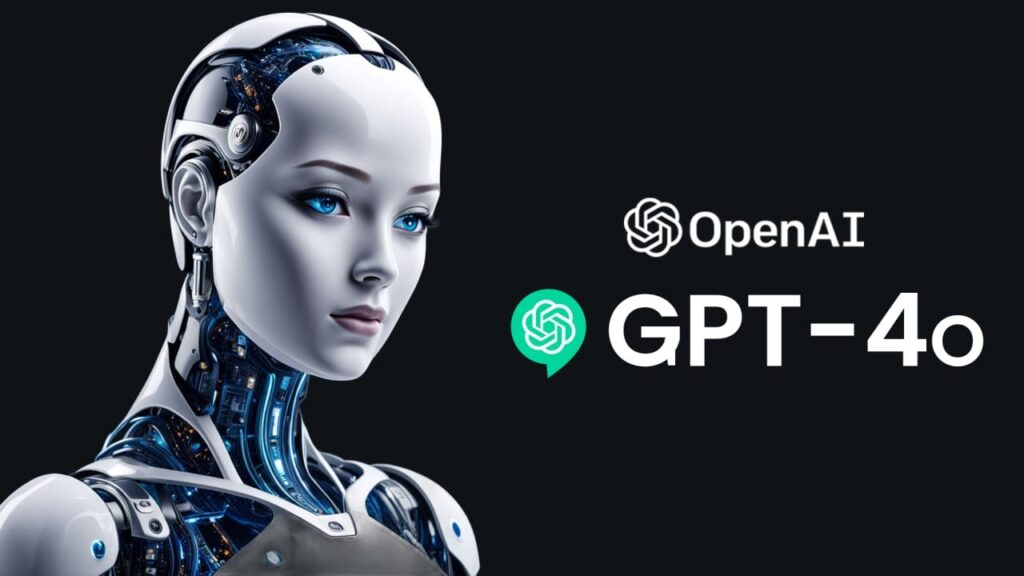
📊 The Numbers: A David vs. Goliath Showdown
Let’s put this into perspective. Here’s how the $50 model stacks up against OpenAI’s o1 model and other big players:
| Model | Training Cost | Compute Resources | Development Time |
|---|---|---|---|
| OpenAI o1 Model | ~$10 million | Thousands of GPUs | Several months |
| DeepSeek R1 Model | ~$500,000 | Optimized GPU clusters | A few weeks |
| Stanford/UW Reasoning Model | Under $50 | Basic cloud compute credits | A few days |
💡 Key Takeaways:
- Cost Efficiency: The Stanford/UW model was trained for less than what many people spend on coffee in a month.
- Speed: It was developed in days, not months.
- Performance: Despite its low cost, the model achieved reasoning benchmarks comparable to models trained with exponentially more resources.
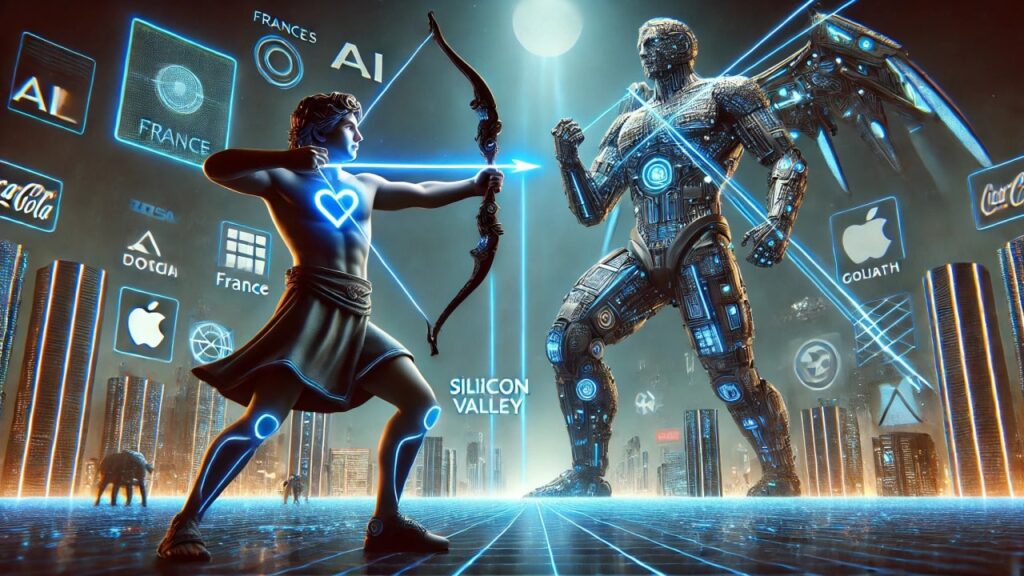
🤯 What Exactly Is a “Reasoning” Model?
When we talk about AI, most people think of chatbots spitting out pre-programmed responses. But reasoning models are a whole different beast.
They’re designed to:
- Solve complex, multi-step problems
- Make logical inferences from incomplete data
- Adapt to new situations without retraining
Think of the difference between a calculator (which just performs operations) and a problem solver (which figures out how to solve the problem in the first place).
The fact that Stanford and UW achieved this level of sophistication on a $50 budget? That’s like building a race car in your garage—and winning against Ferraris.
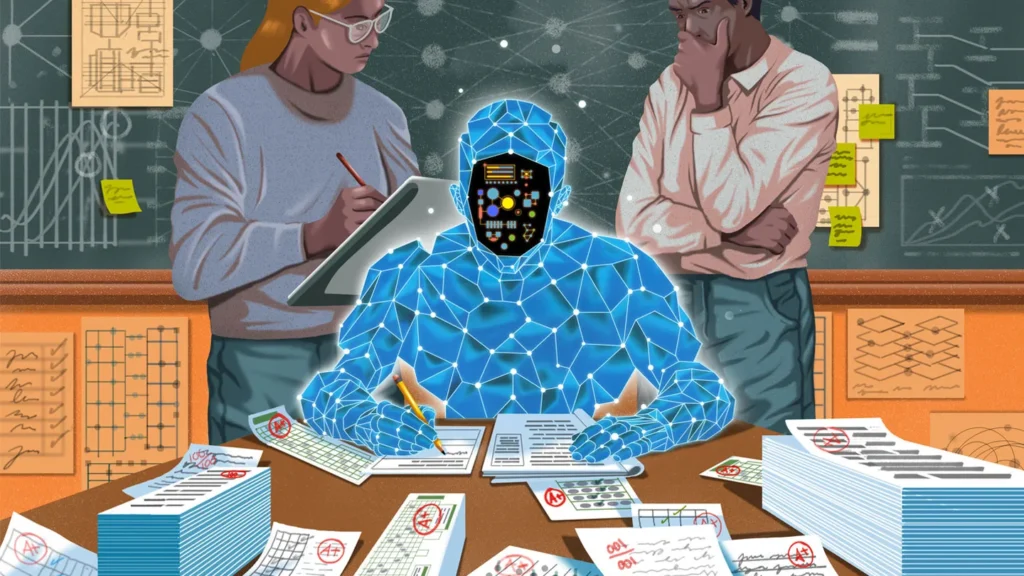
🌍 Why This Is a Big Deal (Beyond the Tech)
This isn’t just about one model. It’s about what this represents for the future of AI.
🌐 1. Democratizing AI Development
Until now, if you wanted to build cutting-edge AI, you needed two things:
- Massive funding
- Access to high-end infrastructure
This project flips that script. Now, a high school student with a laptop and $50 in cloud credits could, theoretically, build a competitive AI model.
This opens the door for:
- Developers in under-resourced regions
- Independent researchers
- Startups without access to venture capital
🌱 2. A More Sustainable AI Future
Training large models consumes a ton of energy. OpenAI’s GPT-3, for example, reportedly required as much electricity as an entire small town during training.
In contrast, this $50 model has a tiny carbon footprint. As concerns about climate change grow, this kind of energy-efficient AI development is more important than ever.
🚀 3. Faster Innovation Cycles
Because it’s cheaper and faster to develop, models like this can be iterated on quickly. That means faster innovation, more experimentation, and ultimately, better AI technologies for everyone.
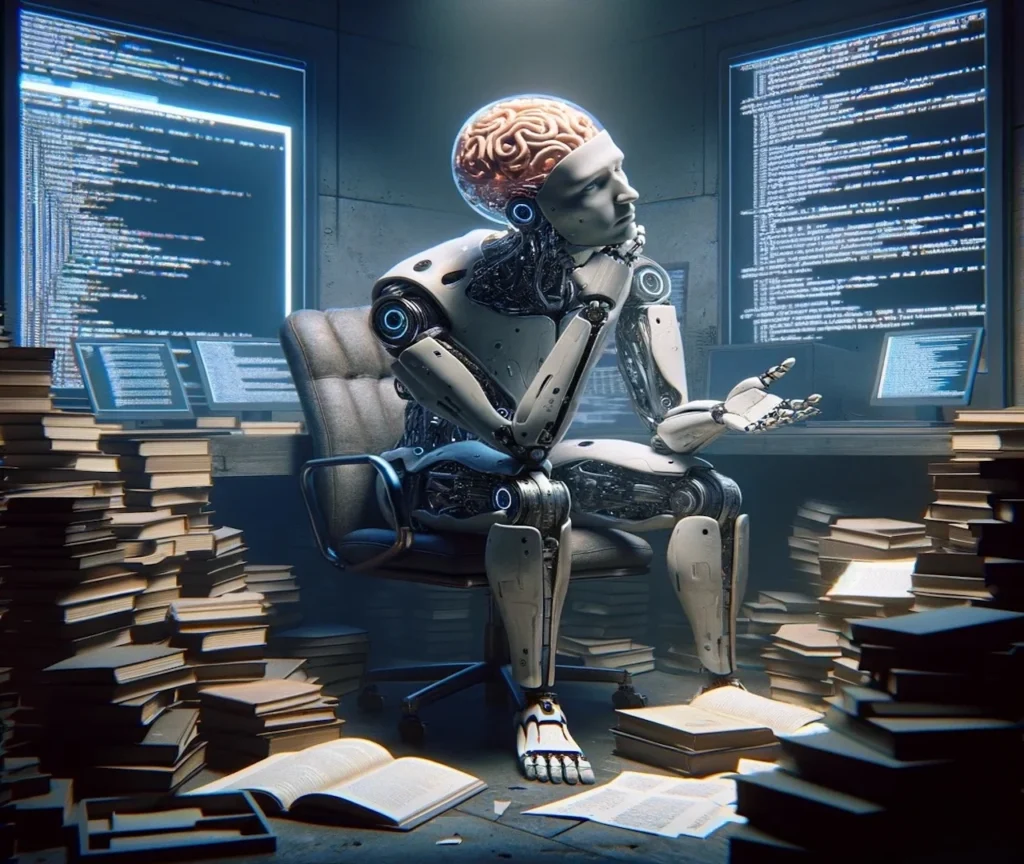
⚠️ Challenges and Limitations
Of course, this isn’t a fairy tale. There are still challenges:
- Performance Limitations: While impressive, the model doesn’t outperform the biggest models in every task.
- Data Bias: Smaller datasets can introduce biases if not carefully managed.
- Security Risks: As AI development becomes more accessible, there’s a risk of bad actors using these technologies irresponsibly.
But here’s the thing: these are solvable problems. The fact that we’re even having this conversation about a $50 model is already a huge win.
🏆 The Bigger Picture: What’s Next?
This is just the beginning. The AI landscape is shifting in real-time, and this project is a wake-up call for the entire industry.
Expect to see:
- More open-source AI models
- Increased focus on efficiency over scale
- A global explosion of AI innovation
We might be witnessing the start of a new era—where AI isn’t controlled by a handful of tech giants but is instead driven by a diverse, global community of innovators.
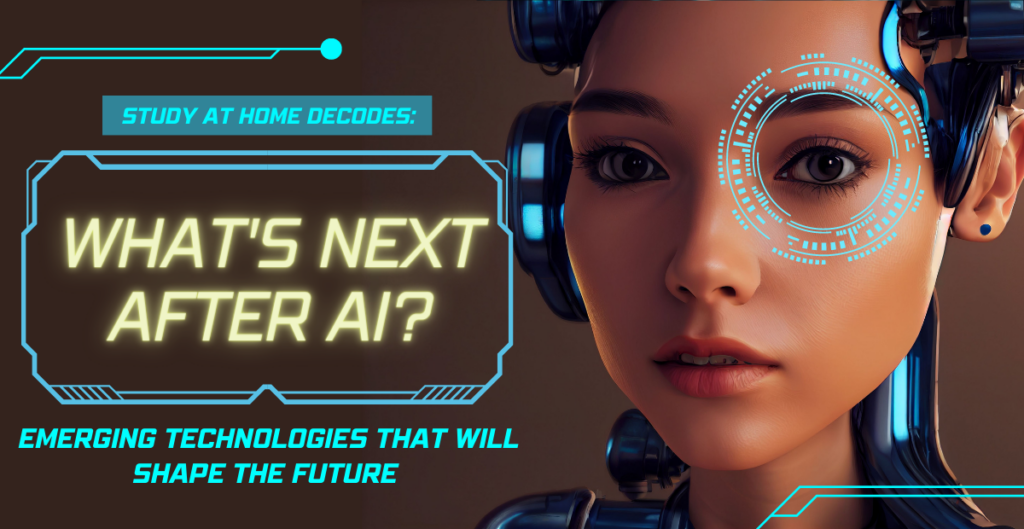
💡 Final Thoughts: Why This Changes Everything
For years, the narrative has been clear: “To build great AI, you need big money.”
Stanford and UW just proved that wrong.
This isn’t just a technical achievement. It’s a revolution.
So, the next time someone tells you AI is only for billion-dollar companies, remind them of this:
A team of researchers built an AI rival for less than the cost of a nice dinner.
The future of AI?
It’s not just expensive labs and corporate boardrooms.
It’s open-source code, cloud credits—and maybe even your own laptop.

